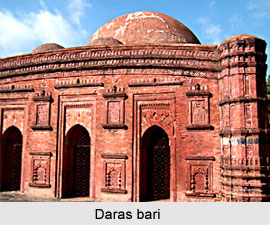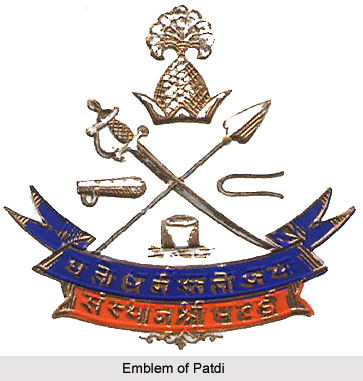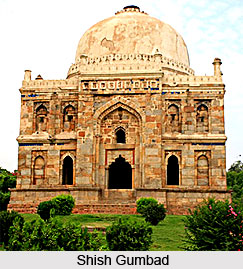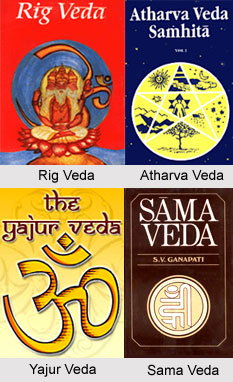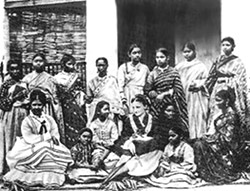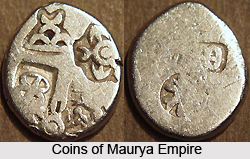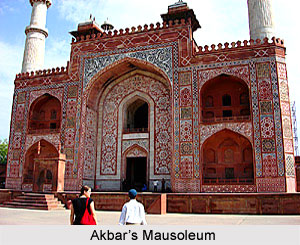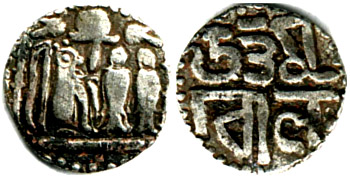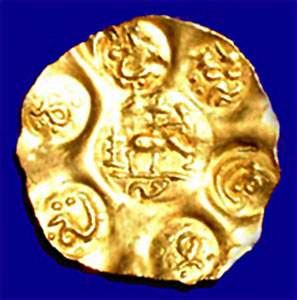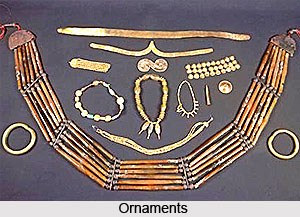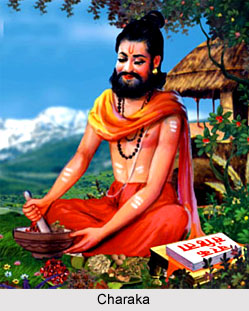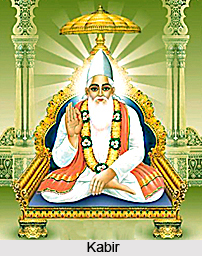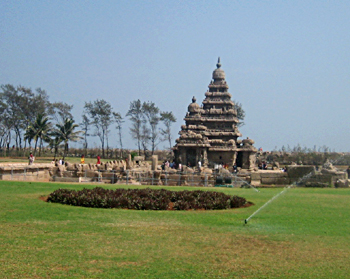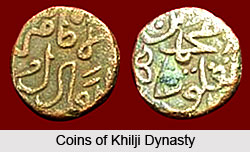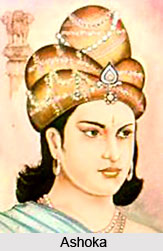Bengali Hindu Homeland Movement was the movement that was initiated by the Bengali Hindu populace for the Partition of Bengal in the year 1947. This was done to establish a homeland for Bengali Hindu within the Indian Union with the arousal of the proposal and campaign of Muslim League to incorporate the full province of Bengal within Pakistan, which was considered to be the native land for the Muslims of India under the rule of the British Empire in India. The Bengali Hindu Homeland Movement was started in late 1946, particularly after the Noakhali genocide incident. It gained noteworthy momentum in April, 1947. The movement met with adequate success on 20 June 1947 when the legislators from the Hindu majority territories returned their verdict in the favor of Partition.
Background of Bengali Hindu Homeland Movement
After the riots, the condition of law and order had rapidly declined in Calcutta (now Kolkata). Huseyn Shaheed Suhrawardy, the Prime Minister, decided to recruit all Punjabi Muslims after the Inspector General of Police asked for 50% increase in the Calcutta Armed Police Force. As there was a dearth of suitable candidates in Bengal, around six hundred Punjabi Muslims were recruited from Punjab. After the new Punjabi Muslim recruits were provided with special treatment by the Muslim League government, the existing Gurkha policemen were offended. As a result the new Punjabi Muslim recruits engaged in an armed conflict with the Gurkha Police forces.
Several members of the Muslim police force molested and harassed Bengali Hindu women. The Muslim League government eventually imposed a pre-censorship on various news comments that criticized the unrestrained behavior of the police.
After Kiran Shankar Roy met with the Governor of Bengal Fredrick Burrows on 5th March 1947, he expressed that Hindus in Bengal did not desire an independent Bengal. Moreover, he stated that the Bengali Hindu resentment towards the Muslim League government was rather high and they would refuse to pay taxes to the Muslim League government and establish a parallel government.
Campaign of Bengali Hindu Homeland Movement
In late 1946, the Bengal Partition League was established as an association for the partition of Bengal by prominent Bengali Hindu intellectuals. The prime members amongst them were Shailendra Kumar Ghosh, Subhodh Chandra Mitra, Dr. Shishir Kumar Banerjee, Upendranath Banerjee, Dr. Shyama Prasad Mookerjee (Shyama Prasad Mukherjee), Jadab Panja, Major General A. C. Chatterjee, Nalinakshya Sanyal and Hemanta Kumar Sarkar. The Bengal Partition League was later renamed as the Bengal Provincial Conference. The Bengal Provincial Hindu Mahasabha constituted a committee for the formation of a distinct province for the Hindu population of Bengal and eventually started their campaign in the districts.
A proposal was passed at the annual meeting of the British Indian Association for the constitution of a homeland for the Bengali Hindus on 29th March 1947. Amongst the distinguished individuals who supported the movement, Amarendra Narayan Roy, Amulyadhan Auddy Maharaja Sitangshukanta Acharya Chaudhuri, Maharaja Prabendra Mohan Tagore, Maharaja Srish Chandra Nandy of Cossimbazar, P.N. Sinha Ray and Maharaja Udaychand Mehtab of Burdwan (Bardhaman) were perhaps the most noted.
Political Aspect of Bengali Hindu Homeland Movement
At his presidential address, Nirmal Chandra Chatterjee, the working president, stated that the successful agitation against Lord Curzon`s Partition of Bengal has been the most magnificent episode in the history of Bengal. The British administration had resorted to the partition of the province to hurt the Bengali Hindu population by making them as the minorities in both provinces. On 4th April 1947, as the Bengal Hindu Conference was under advancement at Tarakeshwar, a resolution was passed by the working committee of the Bengal Congress that demanded the partition of Bengal. The meeting was attended by Atul Chandra Gupta, Makhanlal Sen, Debendra Lal Khan, Dr. Pramathanath Banerjee, Nalini Ranjan Sarkar, Dr. Bidhan Chandra Roy, Kshitish Chandra Niyogi, Dr. Syama Prasad Mookerjee and many others.
Consequently, the Congress and the Bengal Hindu Sabha strengthened their campaigns. Around 76 Partition meetings were conducted and almost 59 of these meetings were assembled by the Congress, 12 meetings were convened by the Mahasabha and 5 meetings were summoned jointly. The Bengal Provincial Depressed Classes League also supported the partition of Bengal as well. R. Das, the Secretary of Bengal Provincial Depressed Classes League (BPDCL) elucidated that the opinions of Jogendranath Mandal are not advocated by the majority.
Syama Prasad Mookerjee conducted a meeting in Calcutta (now Kolkata) on 15th March 1947, which was attended by foremost intellectuals namely, Pandit Ramshankar Tripathi, Dr. Suniti Kumar Chattopadhyay, Dr. Makhanlal Raychaudhuri, Dr. Ramesh Chandra Majumder and others. On 7th May, renowned Bengali Hindu intellectuals such as Dr. Jadunath Sarkar, Dr. Meghnad Saha, Dr. Suniti Kumar Chattopadhyay and Dr. Ramesh Chandra Majumder demanded a distinctive homeland for the Bengali Hindu population on the ground of security. Later, both the Congress and Hindu Mahasabha mutually convened a massive public meeting, which was presided over by Dr. Jadunath Sarkar, to press for Partition.
The jurists of the Calcutta High Court recognized the requirement for a distinctive homeland for the Bengali Hindu populace; else the Bengali Hindus would have only replaced one form of slavery with another. Thus almost 50 jurists signed a statement that demanded the partition of Bengal. On 1st April 1947, eleven members of the Constituent Assembly from Bengal proposed a memorandum in support of the Partition to the Viceroy. Moreover 2 Scheduled Caste representatives of the Constituent Assembly from eastern Bengal met with Viceroy Mountbatten and elaborated that the Scheduled Castes were resolute not to be under the atrocious repression and authority of Muslims. They demanded the partition of Bengal and recommended that the Scheduled Castes be relocated in the proposed Bengali Hindu native land in western Bengal. The meeting of the Chambers of Commerce held on 30 April 1947 at Kolkata also provided support for the Partition of Bengal.
Timeline of Bengali Hindu Homeland Movement
* Bengal Hindu Conference held at Kolkata on 15 March 1947
* British Indian Association passed a resolution for the creation of a Bengali Hindu native land on 29 March 1947
* 11 members of the Bengal Constituent Assembly proposed a memorandum to the Viceroy, which demanded the Partition of Bengal on 1 April 1947
* Bengal Partition Convention held at Tarakeshwar on 4 April 1947
* Transport strike held in Calcutta in favour of the Partition on 23 April 1947
* 2,000 rallies were concurrently held through out Bengal for the partition of the province on 4 May 1947
* A conference was held in Calcutta in favour of Partition of Bengal on 7 May 1947
* Mountbatten announced plan for the partition on 3 June 1947
* Hindu legislators of the Bengal Legislative Assembly voted in favour of the Partition on 20 June 1947


